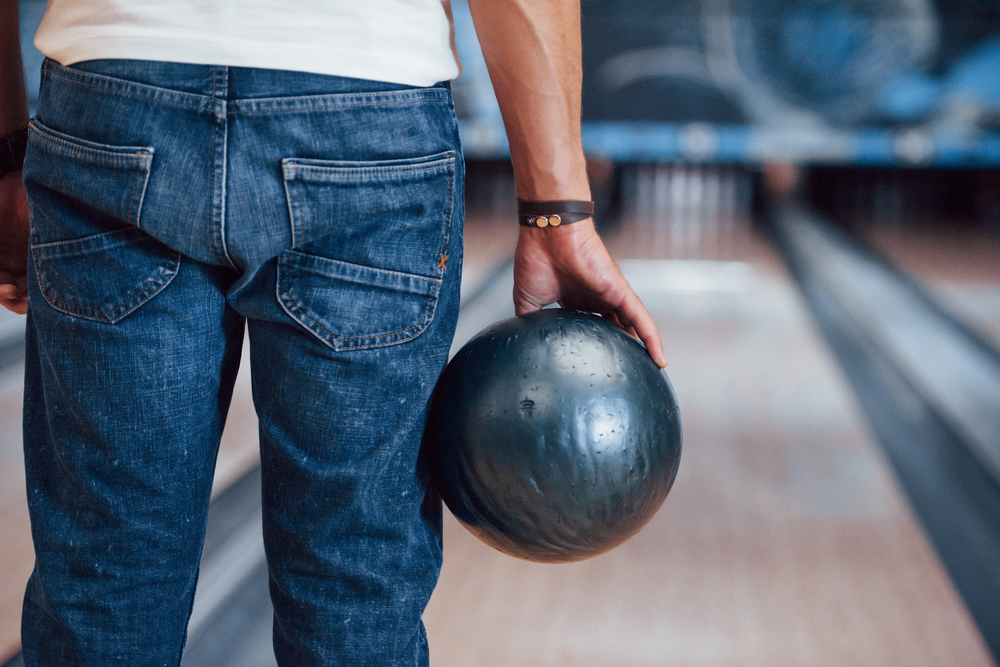
So you wonder, is bowling good exercise?
Well, like any other sport, bowling has a good share of health benefits. This is a great tip if you are a bowler. Bowling has grown over the years, and it’s now considered a leisure sport where you can have fun with family and friends.
Does Bowling help in burning calories? Is Bowling a great way to exercise? Can senior citizens bowl? What is it in for them? Does bowling assist in massive weight loss?
Hop on as we get all the answers to your queries.
Contents
- 1 Is Bowling Good Exercise?
- 2 Why Is Bowling Good Exercise?
- 3 Preparations Before Rolling Your First Ball
- 4 Top 14 Health Benefits of Bowling
- 4.1 1. Muscle Toning and Strengthening
- 4.2 2. Weight Loss
- 4.3 3. Improve Social Life
- 4.4 4. Reduce the Risk Of Disease
- 4.5 5. Can Be Enjoyed At Any Age
- 4.6 6. Stress Relief
- 4.7 7. Easy To Learn
- 4.8 8. Healthy Heart
- 4.9 9. Fun For the Whole Family
- 4.10 10. Hand-Eye Coordination
- 4.11 11. Improved Flexibility
- 4.12 12. Cardio
- 4.13 13. Low-Impact Exercise
- 4.14 14. Improve Focus and Builds Confidence
- 5 How Do You End Your Bowling?
- 6 Frequently Asked Questions
Is Bowling Good Exercise?
Yes, while bowling may not compare to full-body workouts in the gym, it burns more calories than you might expect!
Bowling is a fantastic way to get some exercise because it may burn up to 200 calories every hour, depending on the weight of your ball, and how many times you bowl.
Bowling also works out and strengthens 134 muscles while improving your balance and hand-eye coordination.
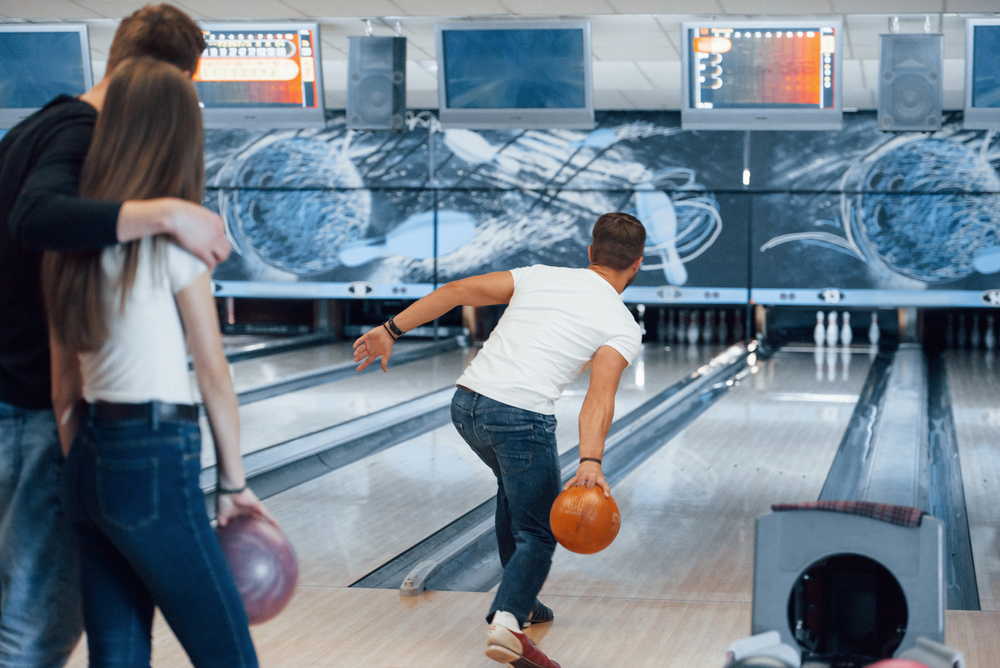
Why Is Bowling Good Exercise?
Bowling is a fun way to get your heart racing and your arms and legs moving in a low-impact, challenging way. Aches and pains, a lack of flexibility, a loss of strength, and even falling and breaking something are all problems for seniors. These are normal.
Sitting around won't help you with anything, except that you won't fall. You must get up and move. Make sure the blood is moving around. You should also maintain your strength, mobility, and, yes, balance.
Bowling saves the day. The oldest bowler ever recorded was 105 years old, while many current bowlers are in their 80s and 90s.
Three games are normally played in a regular bowling session, whether it's for a league, a workplace party, or a night with friends. A typical person will walk around the bowling alley and bowl up and down the alleys for nearly half a mile.
In the process, they'll burn between 170 and 300 calories. While you acquire strength and balance, your arm will swing a lightweight of 9-16 pounds fifty times.
This is a total-body exercise. Like any other workout, you must perform it correctly to avoid injuring, straining, or endangering yourself or others.
You're doing a lot of things in terms of exercise: Arm and shoulder muscles are used to pick up the ball. Proper posture and balance are required when standing and grasping the ball.
Approaching the foul line to release your ball requires coordination of leg, arm, shoulder, back, and torso muscles to walk while swinging the ball and precisely releasing it with momentum.
This includes twisting your upper body and dynamically balancing your weight on one side of your body. It’s necessary to have good hand-eye coordination.
To effectively finish near the foul line, twist your wrist, let go of your hold in a timely manner, lunge forward, and dynamically halt yourself while maintaining a balanced posture.
Did I mention that you're also stretching your joints and working on your grip strength? And you're boosting your bone density while lowering your chances of diabetes, heart attacks, and strokes? Your mental health is improving as a result of your increased attention and social connection.
In reality, this is an activity that you can engage in on an equal level with your children and grandchildren. You're breathing, your heart is pumping, your blood is circulating, and if you get that strike or even a spare, you might do a fist pump, leap, pose, or dance.
Hey, that was a good workout!
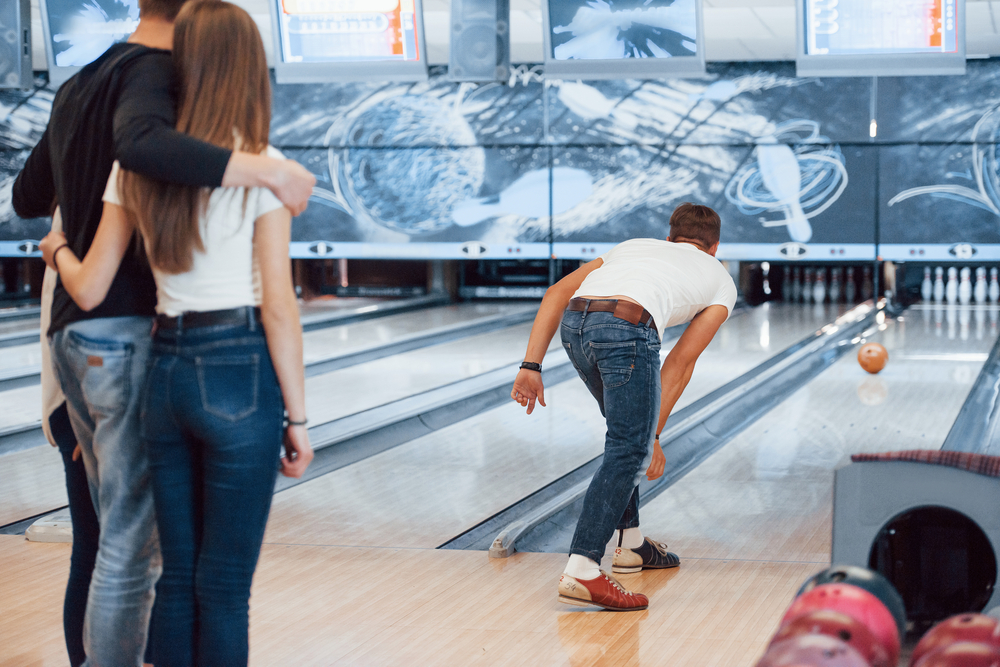
Preparations Before Rolling Your First Ball
- It’s best to warm up and stretch before beginning any exercise. Do a few jumping jacks or running in place if you can safely do so.
- Do some arm swings up and down, both across your chest and spinning at your sides like windmills. You're warming up and flexing your shoulders and arms.
- You should also do some squats and lunges within your personal limits as if you were marching. This warms up the legs.
- Wrists should also be flexed. Swing your arm back and forth with your bowling ball in hand. Get used to swinging the weight while gripping it. I told you that bowling was a wonderful way to get some exercise.
- You should also inspect the alley in which you are bowling. Is there any debris on the way to the bowling alley where you'll be playing? You should also try sliding up to the foul line to see if there are any sticky patches.
- Look at the lanes on both sides of you when you're ready to bowl. If someone else is on the next approach, it's polite not to get up to fetch your ball or even start bowling. Before you take your turn, wait until the previous bowler has released her or his ball.
Top 14 Health Benefits of Bowling
Bowling, in addition to being a fun and competitive game, has various health benefits. The following are some of the health benefits;
1. Muscle Toning and Strengthening
Bowling promotes a lower-body muscular workout by requiring you to walk a lot with the added weight of a bowling ball in your hands. Furthermore, the stretching and flexing that occurs as you swing your arm to throw the bowling ball provide adequate exercise for the tendons, ligaments, muscles, and joints in your arms.
2. Weight Loss
Bowling helps you lose weight by increasing your metabolism. Despite the fact that the game is limited to a small space, your frequent movement while playing aids in the burning of excess fat.
Walking back and forth works your legs, and lifting and swinging the bowling ball down the lane works the rest of your body. During a three-game series, the average bowler walks around ⅗th of a mile.
Bowling can burn anywhere from 170 to 300 calories per game, depending on your weight and the amount of effort you put in. According to MayoClinic.com, an adult weighing 200 pounds can burn up to 275 calories every hour bowling.
3. Improve Social Life
According to The Bowling Foundation, around 2 million bowlers socialize and bowl together each week in leagues across the United States.
Bowling leagues and teams provide opportunities to meet new people and reconnect with old ones. Bowling clubs and teams can help the elderly and others who live alone by providing companionship and lowering stress and despair.
Longevity can be boosted through social connections based on common interests.
4. Reduce the Risk Of Disease
According to WebMD, a sedentary lifestyle is one of the main risk factors for heart disease.
Bowling reduces your risk of stroke, heart attacks, and diabetes by increasing bone density, improving circulation, lowering cholesterol and blood pressure, and assisting your body in better oxygen utilization.
For the best results, bowl at least once a week.
5. Can Be Enjoyed At Any Age
Bowling is one of the few sports in which you may compete and become a professional at any age. Everyone from preschoolers to senior adults enjoys the game, and it’s currently the fastest-growing high school varsity sport.
Because there is little risk of damage, it’s a favorite game among the elderly. Many bowling alleys can accommodate wheelchair users and blind bowlers.
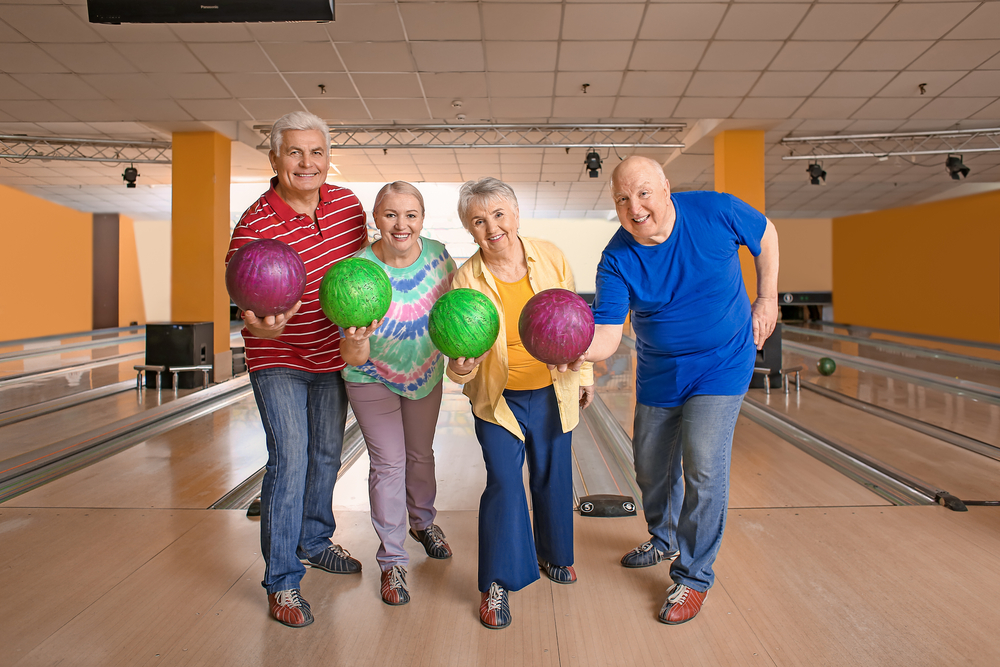
6. Stress Relief
Bowling provides the social connection needed to decompress and increase mental well-being because it’s generally done in a group. It also provides a welcome respite from the stresses of everyday life.
It releases endorphins and increases blood flow. As a result, your cortisol levels drop, and you feel less stressed. Bowling on a regular basis is not only entertaining, but it also keeps you emotionally and physically fit.
7. Easy To Learn
It supports simple adjusting procedures, which is why most children and adults enjoy it. It can be played for leisure, relaxation, competitiveness, and socializing, according to 95% of bowlers.
This game's simplicity has made it a favorite among people all around the world.
8. Healthy Heart
The friendships and relationships formed during these sports aid in the betterment of heart muscle performance. In addition, the adrenaline released during a match raises the heart rate. As a result, bowling increases heart health.
9. Fun For the Whole Family
The enormous adaptability that this game provides is a major contributor to its simplicity. The game's rules are simple to grasp and learn, and the automatic scoring algorithms handle all of the scoring for you.
Participants appreciate this activity not because of the competition but because of the enjoyment they get out of it and the ease with which they can spend time with their family and friends.
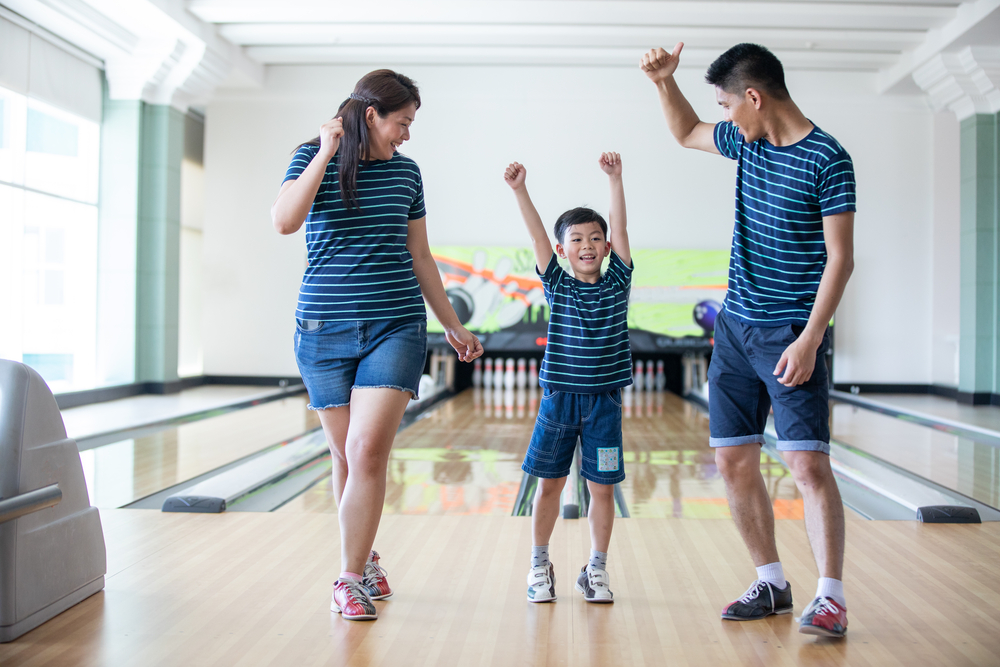
10. Hand-Eye Coordination
Hand-eye coordination is required for throwing the bowling ball and hitting the pins. This type of attention boosts mental acuity, concentration, and tactical strategy.
Bowling is the ideal game for young people to improve their motor skills and hand-eye coordination, as well as for older people to fine-tune their strategy.
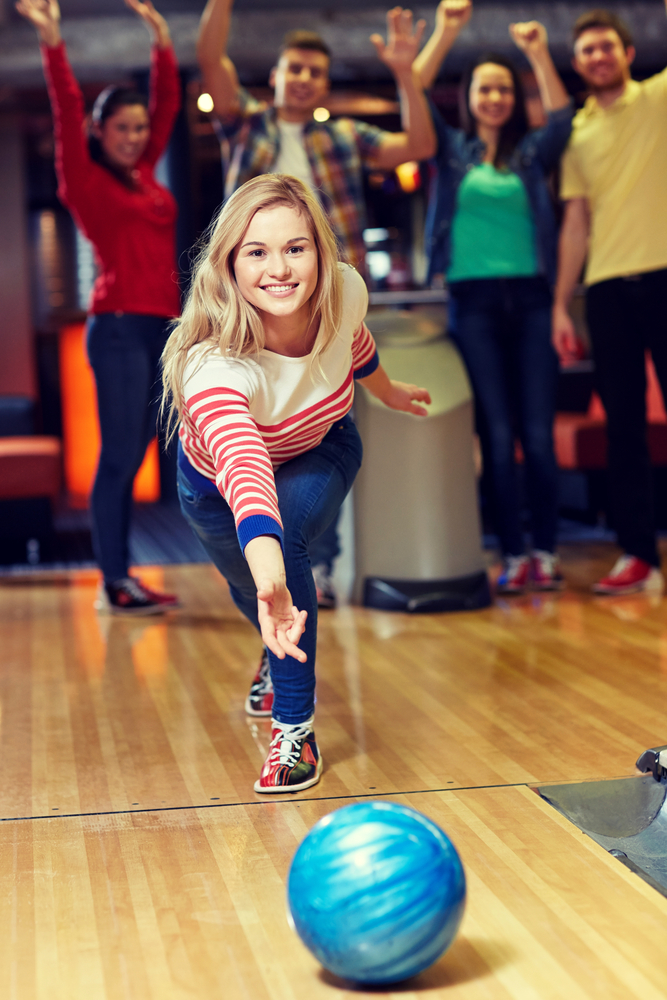
11. Improved Flexibility
You can bet that as you bowl more, you'll get more adaptable. Bowling necessitates a wide range of motion.
You must not only lunge and twist on a regular basis, but you must also stabilize your muscles to maintain balance as you approach the lane.
The more you practice, the more you'll gain in terms of stability and flexibility.
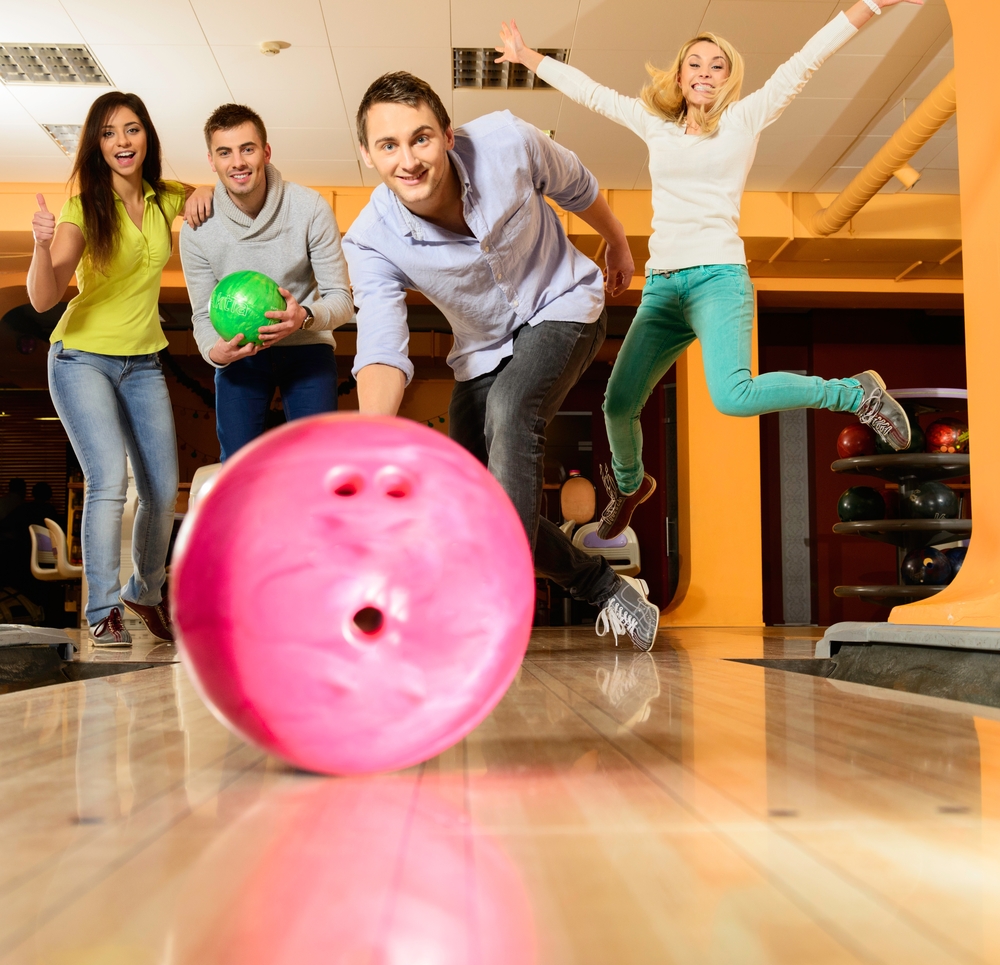
12. Cardio
If you're having trouble getting enough cardio, visit your local bowling alley. The average bowler is thought to walk roughly 71 steps each minute. This equates to a little more than half a mile every series bowled.
In fact, you'll burn anything from 150 to 300 calories per hour of bowling. To put this in perspective, you'd burn the same amount of calories if you jumped rope for 25 minutes straight. Bowling is a simple and enjoyable way to unwind while also getting some much-needed exercise.
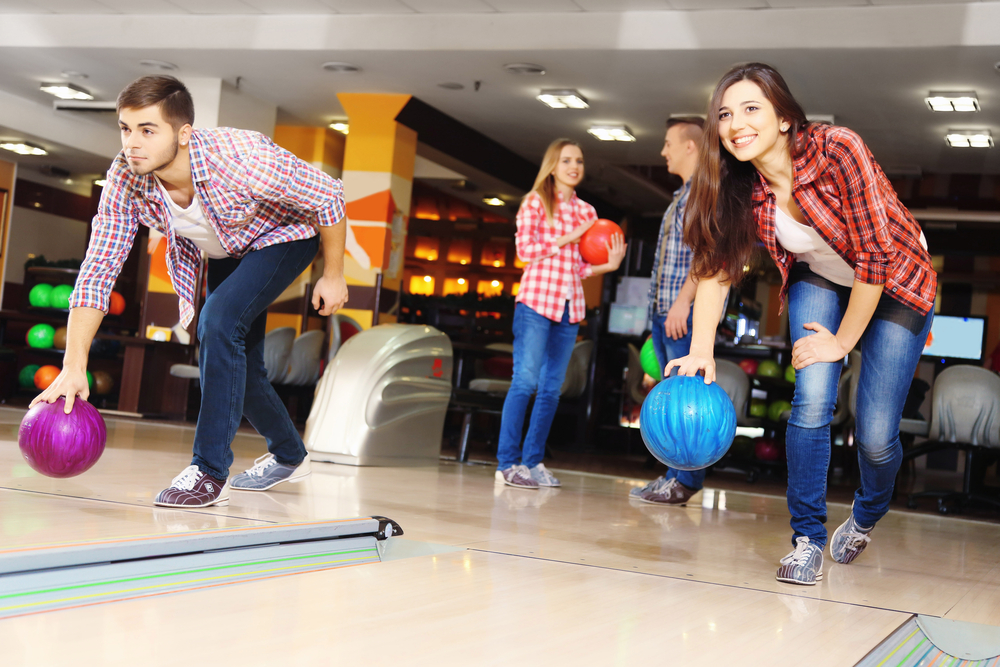
13. Low-Impact Exercise
Exercise is an essential component of a healthy lifestyle. However, fitting in a run or weight-lifting session isn't always easy. Furthermore, these activities can be taxing on your body at times.
Many people dislike cardio because it puts a load on their joints. Fortunately, there is a low-impact, simple, and pleasurable choice. Bowling does not necessitate the same amount of movement as many other traditional workouts.
It's significantly gentler on your joints and knees. It’s easy on the elbows and wrists and can be done in a group setting, making it ideal for individuals looking to get some exercise while socializing.
The fact that bowling is low impact makes it a great activity for pregnant women, getting them up and moving. Also, it reduces the leading risk factors for your heart and helps to lower your chances of stroke, diabetes, and improves circulation.
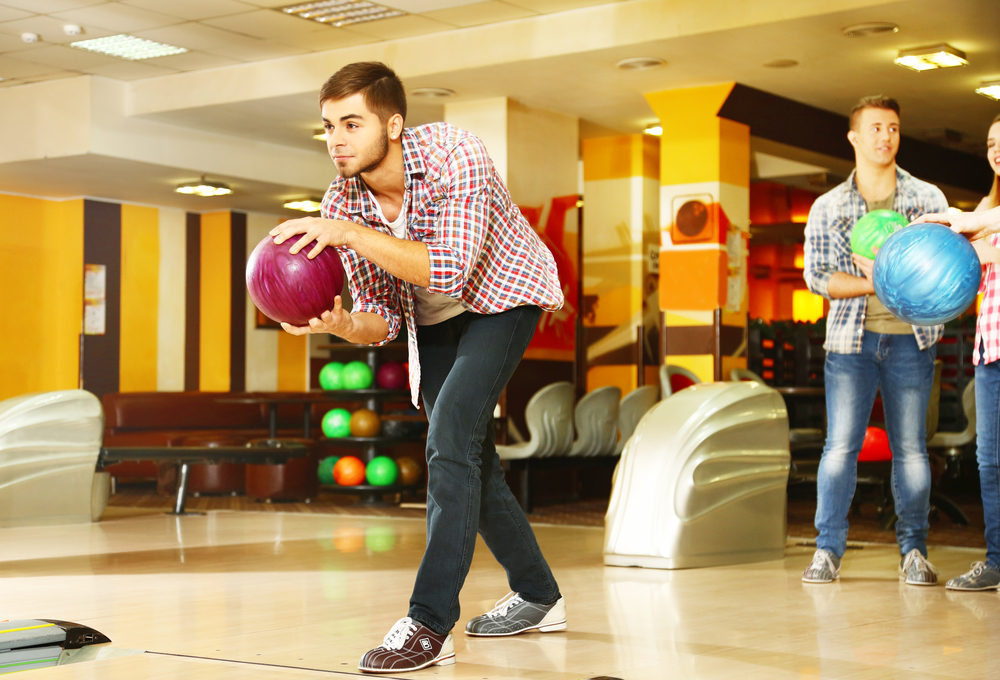
14. Improve Focus and Builds Confidence
Bowling requires you to stay focused, and as a result, it enhances your focus. When you bowl a strike, you gain confidence, and competing with your friends is a blast and will boost your self-esteem.
How Do You End Your Bowling?
Stretching is recommended after this workout, as it is after any other. It will just take a few minutes.
Put your hand on anything stable and lift your opposite foot up behind your thigh to stretch your legs. Hold for 20 seconds before switching sides.
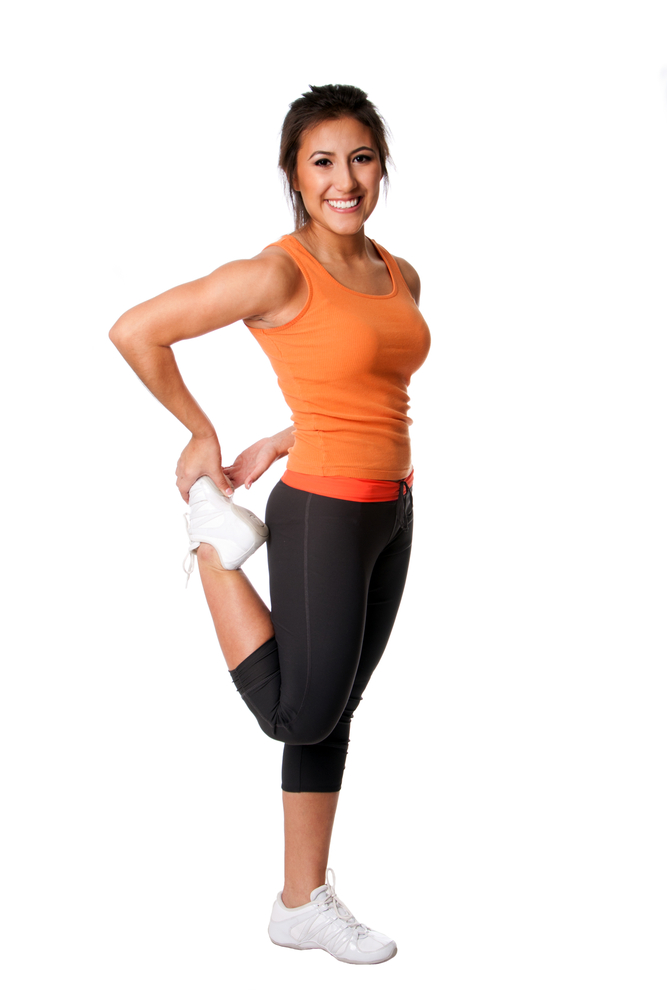
Place one arm over your chest to stretch your arms. With your other arm, make a cross at the elbow and squeeze in on the elbow. Repeat with the other arm for a total of 20 seconds. Give your bowling partners a high-five, a hug, or at the very least, a thank you.
You're done when you do a happy dance.
Frequently Asked Questions
Is Bowling Good Cardio Exercise?

Yes, three games of bowling burn the same amount of calories as a mile of walking! Although aerobic endurance has little impact on bowling performance, it has a significant impact on your overall health.
Does Bowling Improve Cardiovascular Health?
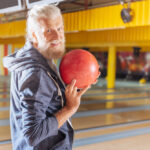
Yes, since bowling, for example, can help you reduce your risk of diabetes, stroke, and heart attack. It can also help you enhance your circulation, decrease your cholesterol, and strengthen your bones. All of these advantages can be obtained by bowling at least once a week.
What Muscles Do You Use Bowling?

All of the major muscle groups are involved in bowling, including the lower back, quadriceps, hamstrings, gluteus (buttocks), deltoid, and rotator cuff complex which affects your bowling stance and release.
The muscles of the upper extremities that affect grip and finger strength are of particular importance (biceps, forearm, wrist, fingers, and thumb).
How Can You Prevent Bowlers Thumb?
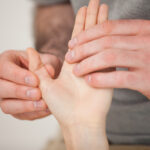
Bowler's thumb is reduced by wearing neoprene sleeves while bowling or doing other activities that produce it.
Professionals who want to continue their careers should adjust their thumb-hole position or gripping method to reduce pressure on the ulnar digital nerve and reduce friction between the ball and thumb.
Can Bowling Cause Muscle Pain?

Yes, this is a regular occurrence in throwing sports. Shoulder tendinitis, like Bowler's elbow, is most likely caused by repetitive action.
Tendonitis can also be caused by throwing the ball too hard or with too much force. It's possible that you'll rip shoulder tendons as a result of this.
What Muscles Do You Need To Bowl Fast?

Fast bowling works the muscles in your shoulder and chest, but it's important to maintain a balance of strength and flexibility in your shoulder as a fast bowler. Many trainers and coaches advise against lifting large weights for your upper limbs.
Can Bowling Cause Sore Muscles?

Yes, bowling can make you sore. Unfortunately, players who bowl every day or without taking a rest between frames place repetitive stress on muscular groups that are used every time they try to knock down the pins.
Bowlers are more susceptible to injury as a result of muscular exhaustion in the knees, back, and hips, as well as the elbow, wrist, and shoulders.
Related Articles
It's safe to assume that bowling is a heart-healthy and mind-healthy activity. It not only improves physical health, but it also improves emotional and mental health. You'll feel better the more you bowl.
Continue bowling!
Kira Byrd, a Certified Fraud Examiner, holds a B.S. in Accounting from the University of Alabama at Birmingham. With a passion for bowling from her childhood, Kira has poured her expertise and personal experiences into creating and nurturing Bowling For Beginners. Kira's mission is to meet new bowlers where they are and guide them toward consistently achieving higher scores. With a focus on skill development and strategic techniques, she empowers readers to take control of their game and unlock their true potential.
Bowling For Beginners embodies strict editorial integrity, ensuring reliable and unbiased information. Kira's commitment to delivering valuable insights and practical strategies is reflected in every article. Here's an explanation of our editorial policy and how we get money.





